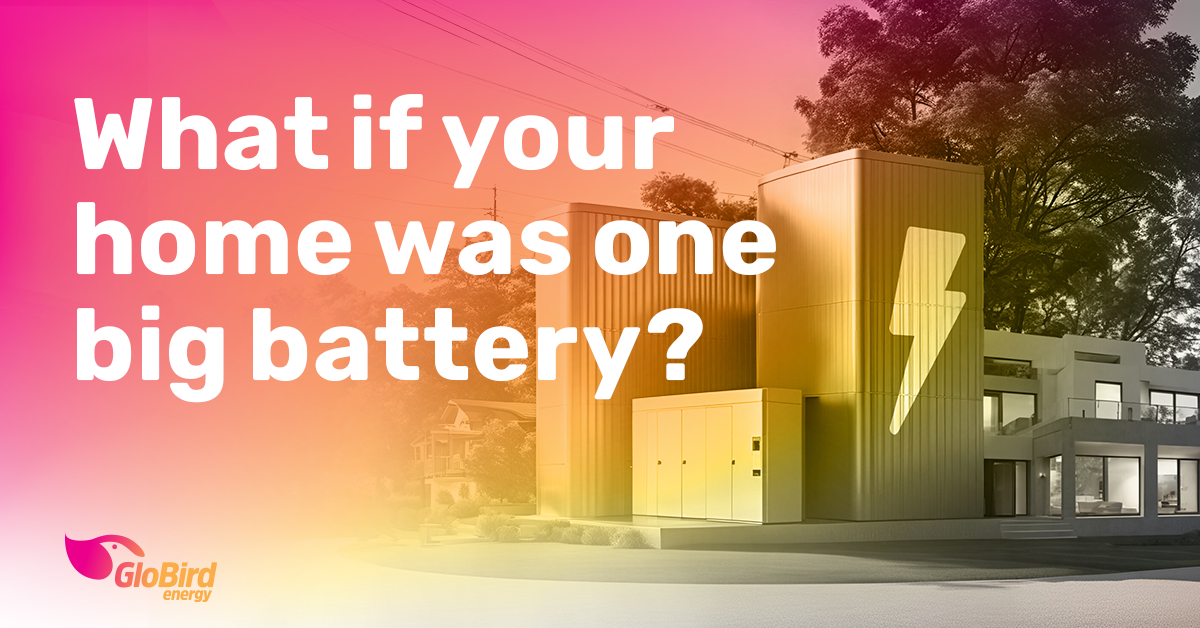We’ve seen that generating and using energy from the sun and wind is not only possible but relatively practical and widely applicable.
The challenge remains what to do when there are extended periods without enough sun or wind.
What if your home was one big battery? And what if we could build roads that stored energy to power electric vehicles?
It’s now looking possible that the future of energy storage could be in what is perhaps the most commonly used building material in the world, concrete.
The energy storage issue
Because renewable energy sources are intermittent, we need the capacity to store as much of it as possible when it is being generated so that we don’t run short at other times.
The fact that the world is getting more and more energy hungry by the day makes that a problem that we need to solve in a major, possibly groundbreaking way.
Then there’s the fact that batteries, as we now know them, rely on materials such as lithium, which is nowhere near as abundant as is likely to be needed to meet the demand created by the world’s quest to decarbonise its energy and transport systems.
The 101 lithium mines in the world are already under pressure to meet current global demand, so it’s likely lithium will become in even shorter supply (and, therefore, far more expensive) in the future.
We also shouldn’t lose sight of the fact that lithium mining uses a lot of energy and water, somewhat diminishing the environmental benefits of switching to renewable energy sources in the first place. Not to mention that the processes involved in extracting lithium can also sometimes lead to toxic chemicals leaking into local water supplies.
The quest for a different energy storage “method”
There have, of course, been a lot of different types of batteries prior to the rechargeable ones that have become very common in various devices today. So, it’s understandable that there are plenty of very clever people trying to create a better energy-storage method, one that might not rely on rare minerals and that might also be more stable (think about all the fires we’ve seen from scooter batteries left on charge).
Which brings us to a laboratory at the famed Massachusetts Institute of Technology (MIT) and a team that has found a way of creating an energy storage device known as a supercapacitor from three basic, cheap materials – water, cement and a soot-like substance called carbon black.
Supercapacitors are highly efficient at storing energy but differ from batteries in some important ways. They can charge much more quickly than a lithium-ion battery and don’t suffer from the same levels of degradation in performance. But supercapacitors also release the power they store rapidly, making them less useful in devices such as mobile phones, laptops, and electric cars, which require a steady supply of energy over an extended period of time.
How does the capacitor work?
Capacitors are formed of two conductive plates with a membrane in between them. In this case, both plates are made of the carbon black cement and are soaked in an electrolyte salt called potassium chloride.
When an electric current is applied to the salt-soaked plates, the positively charged plates accumulate negatively charged ions from the potassium chloride. Because the membrane prevents charged ions from being exchanged between the plates, the separation of charges creates an electric field.
This particular supercapacitor works due to an unusual property of carbon black – it’s highly conductive. This means that when carbon black is combined with cement powder and water, it makes for a kind of concrete that is full of networks of conductive material, taking a form that resembles ever-branching, tiny roots.
As supercapacitors can accumulate large amounts of charge very quickly, their capacity to store excess energy produced by renewables could be the answer to keeping the lights on at times when the sun isn’t shining nor the wind blowing.
It’s still early days
The concrete supercapacitor the MIT team has developed so far can store a little under 300 watt-hours per cubic metre – enough to power a 10-watt LED lightbulb for 30 hours.
While this suggests that it might be impractical to use a relatively small amount of this concrete for energy storage, a foundation consisting of 30-40 cubic metres of concrete could be sufficient to meet the daily energy needs of a residential house.
After initially proving the concept by creating cent-sized 1V supercapacitors from the material, the team has since scaled this up to produce a 12V supercapacitor.
The next step is to scale up to something like 45 cubic metres to prove that it would be able to store around 10kWh of energy, the amount needed to power a typical house for a day.
And, because supercapacitors discharge power too quickly for day-to-day purposes, the team is also working on a solution that would allow their carbon-cement version to be tuned by adjusting the mixture.
If they can get the concept to a point where houses can store enough energy to be completely self-sufficient, the operation of the electricity grid could be revolutionised.
Then there are other potential applications, for example, roads that store solar energy and then release it to recharge electric vehicles wirelessly.
One thing’s for sure, the future of energy will not only look very different from the energy generation and distribution mix of today, but it’s also likely to include things we haven’t even thought of yet.
Source: The cement that could turn your house into a giant battery (BBC, 11 June 2024)
